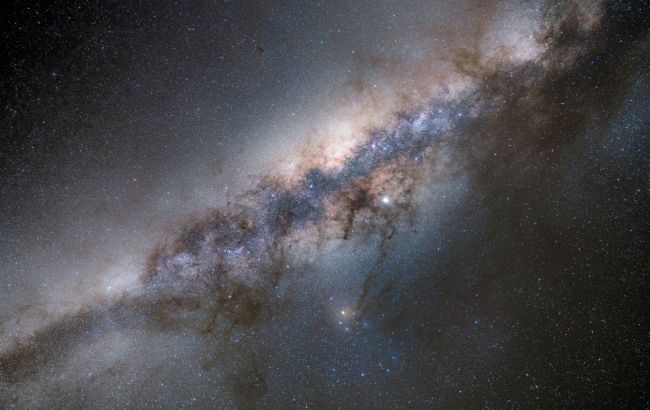Scientists estimate life potential on Milky Way planets
 Scientists have answered whether life can still exist somewhere in our galaxy (illustrative photo: Freepik)
Scientists have answered whether life can still exist somewhere in our galaxy (illustrative photo: Freepik)
Astronomers have identified around 60 rocky exoplanets that could potentially harbor the water essential for life. They employed a new modeling system to assess these possibilities, reports Universe Today, a source for space and astronomy news and events.
The majority of the Milky Way's stars are red dwarfs, and exoplanets are frequently located in close proximity to them. However, this proximity comes with potential hazards as red dwarfs emit streams of plasma and energy capable of eroding the atmospheres of neighboring planets.
Following the loss of the atmosphere, surface water vanishes. Yet, in conditions where the atmosphere is absent, water could be preserved in the deep layers of the planet, potentially serving as a source of life.
To explore this idea, researchers modeled the internal structure of 28 exoplanets, considering the presence of four distinct layers: an iron core, a rocky mantle, a high-pressure ice layer, and a surface layer of ice or liquid water. Heat balance, in addition to structure, is crucial, and planets can generate it in two ways.
The study indicated that all 28 objects could have a surface of ice or water, and an atmosphere is not necessarily required for this condition. Moreover, some of these planets might be ocean planets.
The authors acknowledge limitations in their study, including the use of generalized data about the Solar System in some aspects, while the parameters of other worlds could significantly differ.
Nevertheless, the findings of the study fuel optimism that there might be more inhabited planets in the universe than previously believed.

